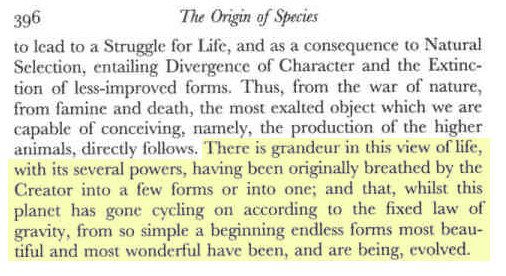After driving across Nevada this week, I considered how difficult it is to find water in a barren desert. Even if you know where mountains are, it’s hard to predict where water will be. Now think how hard it would have been for Joseph Smith to correctly specify the location of flowing water in the Arabian Peninsula as one of the many accurate details of First Nephi – a feat especially impressive given that he had no access to topographical information to guide his description. Even learned anti-Mormons have mocked the concept of the River of Laman right up to the present day. And yet there she is, an actual river in a valley in the location described in First Nephi, only recently confirmed by actual field work in the Arabian Peninsula by George Potter and others. It’s sitting there, demanding attention, yet being largely ignored by the critics who chant “not a scrap of evidence, not a scrap of evidence.”
Posted in Uncategorized










As Jeff has written, the fact that one can “use the Book of Mormon as a guide” in the Arabian Peninsula and find surprising and plausible candidates for things like the Valley of Lemuel, the River Laman, the burial place Nahom, Shazer, and Bountiful must give one pause – hopefully enough pause to think twice before dismissing Joseph Smith as a fraud. Who could have written the story of Nephi based on what was known in the 1830s?
When will any archaeological evidence (peer reviewed) in the Americas be found to substantiate the 19th century storylines of the BofM?
And why continue to fight a lost battle? Treating the BofM as divinely-inspired fiction doesn’t lessen its spiritual impact.
It’s sitting there, demanding attention, yet being largely ignored by the critics who chant “not a scrap of evidence, not a scrap of evidence.”
Historians hold to a set of standards when attempting to reconstruct or validate historical events. Commonly, it involves an archaeological artifact discovered in its original unadulterated context by an unbiased field researcher; this artifact has a name, date, place, or description of the event. The more such artifacts that are discovered, the greater the certainty that the event actually occurred. The difficulty with the Book of Mormon is that not one such artifact has been discovered to verify any single event described in the Book of Mormon.
Hence, the apologists are left to non-falsifiable speculation and the establishment of plausibility. In other words, it’s as real as you want it to be. If you generate an idea that cannot possibly be disproven (i.e., the Limited Geography Proposal), then it is not, by formal definition, a theory. It is a construct; it is something that must be taken for granted if you are so inclined to believe.